|
|
On 17th December, 1829, the village and alum works were destroyed by subsidence of the cliff after torrential rain. The villagers were rescued and taken aboard an alum ship, ’Little Henry’, that was anchored in the bay. The alum works resumed production two years later.
This view, dating from the early 1900s from a postcard by Tom Watson, is taken from the footpath at Scratch Alley and looks north east, over the old chapel (originally the mission church of St John the Baptist, built in 1872) and railway station.
Image courtesy of Beryl Morris for the image.
Mulgrave Castle is a large country house, home to the Marquis of Normanby. The core of the building was built before 1753 and two wings were added in the 1780s. It was completed between 1805 and 1816 with the addition of towers, turrets and further battlements and a projecting entrance hall. The gardens are occasionally opened for charity. Michael Grey tells us: ”My grandparents, Thomas William Brownbridge (Handyman) and Ruby Mona Richmond (Domestic) were in service at the New Castle during the late 1930′s to 1940′s.” We have had a request from Valerie Ramsay: ”I am trying to find out information about Daisy May Jackson and Fredrick William Garbut who were in service at Mulgrave Castle from 1914 to 1922. As I am trying to put some thing together for my Mum.” Please contact the ECIA if anyone can assist with this research.
Image (from a postcard dating from c.1905) courtesy of Beryl Morris; information from ’Inside the North York Moors’ by Harry Mead, thanks to Michael Grey and Valerie Ramsay for the updates.
The old castle of Mulgrave was constructed early in the 13th century, was besieged in the Civil War and dismantled by order of Parliament in the 1600s. It can be reached through the woods, via a footpath from Sandsend which is open at weekends and on Wednesdays, except in May. This view from a Tom Watson (of Lythe) postcard.
Image courtesy of Beryl Morris.
The writer of this card started by asking, ”Don’t you think this a lovely view of Runswick Bay?” The card was posted on February 1st, 1905.
Image courtesy of Beryl Morris.
This stormy view of Runswick Bay is an ”Oilette” regd. postcard. Unfortunately I can’t make out the name of the publishers because it has been written over, but they were ”Publishers to their majesties The King and Queen.” It was posted on March 20th, 1905.
Image courtesy of Beryl Morris.
The old road into the village can be seen in this postcard view of Runswick Bay, posted in April, 1905.
Image courtesy of Beryl Morris.
In this painting of the lifeboat at Runswick Bay by W. Gibson we can see the new lifeboat house that was built in 1910, on the beach.
On October 29th, 1910, a new lifeboat was sent to Runswick. She was a 35ft self-righter and was named the ’Hester Rothschild’ and served at Runswick until 1933, being involved in 31 services and saving 114 lives.
Image courtesy of Beryl Morris, information from ”The Story of The Staithes and Runswick Lifeboats” by Jeff Morris.
This more intimate view of Runswick and some of the villagers comes from a postcard posted on 5th August, 1919, to wish ”Many Happy Returns” to a Mrs. Morris at East Loftus.
Image courtesy of Beryl Morris.
In 1682 the whole village, except one house, dropped into the sea. I don’t know if this was it. Fortunately the villagers were roused and managed to evacuate their homes before they slid into the sea.
Image courtesy of Beryl Morris, published by George Trueman, Whitby.
When this photograph arrived to the Archive it was believed to be of the ironstone bunkers at Port Mulgrave. This was confirmed by Simon Chapman who explained: ”This was a fire at Port Mulgrave about 1911. You can see it has burnt out the engine room and boilers for the rope haulage system through the tunnel to Dalehouse, exposing a section through one of the bunkers for loading ironstone into ships in the harbour. The big mound of ironstone to the right was usually built up when sea conditions prevented ships docking and taking normal shipments away. The damage was later repaired and the harbour got back to normal operations.”
Image courtesy of Cleveland Ironstone Mining Museum and Maurice Grayson; also many thanks to Simon Chapman for the supporting information.
|
|
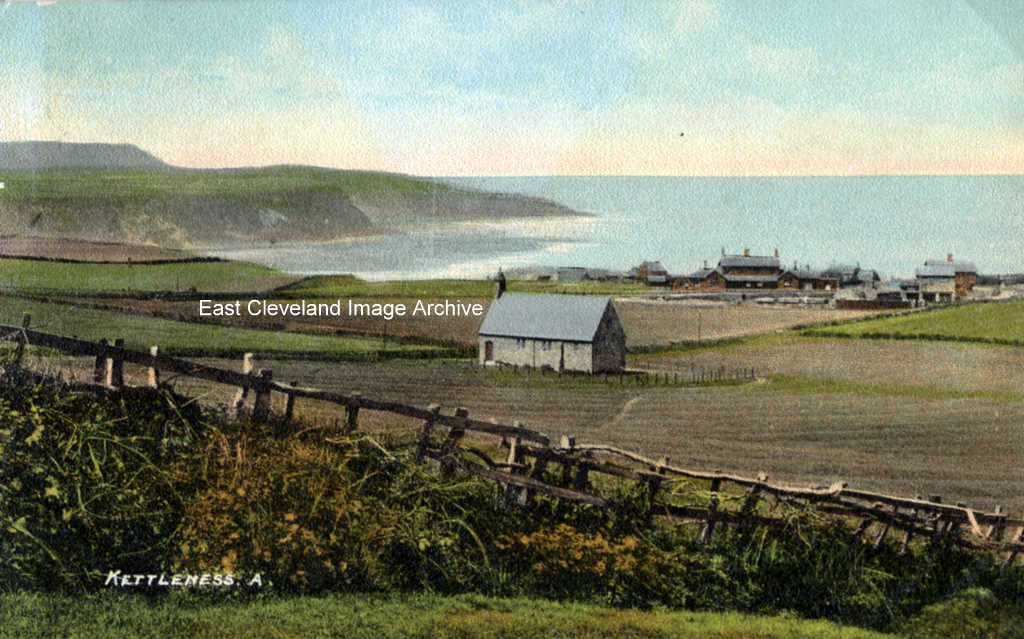
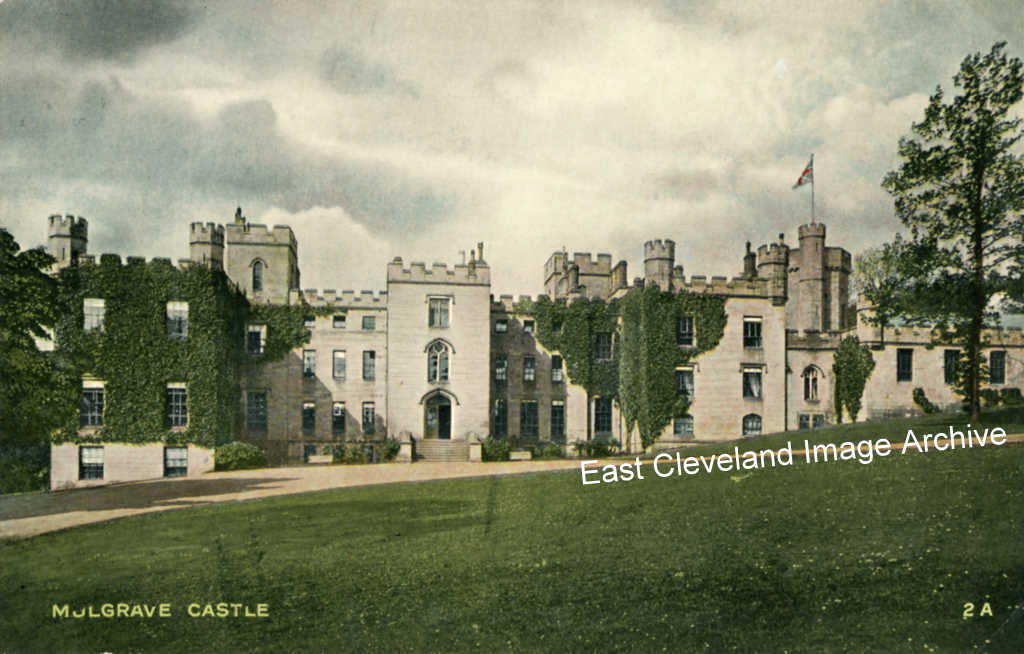
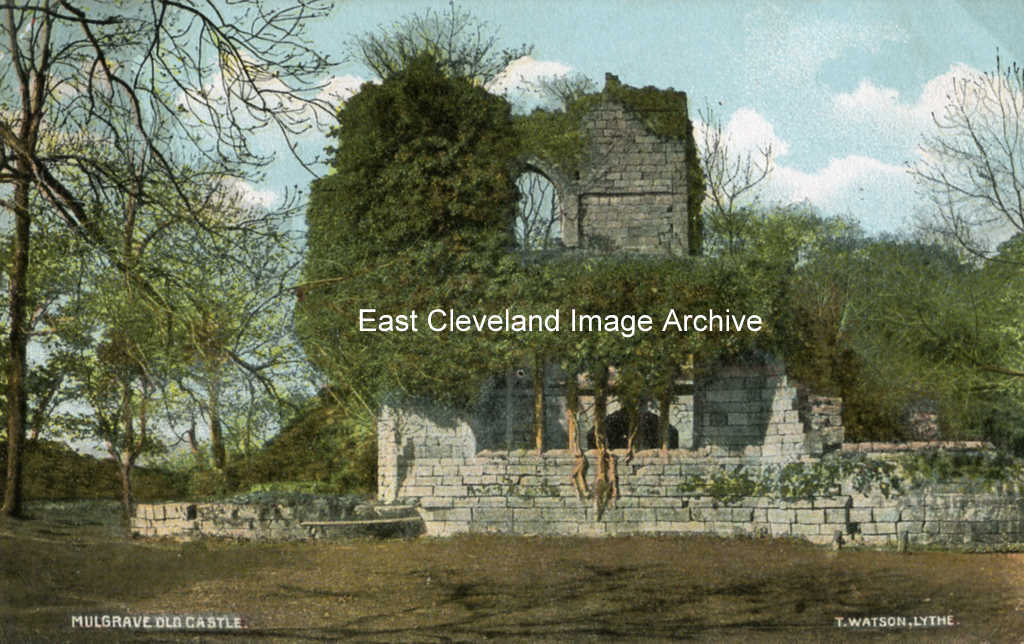
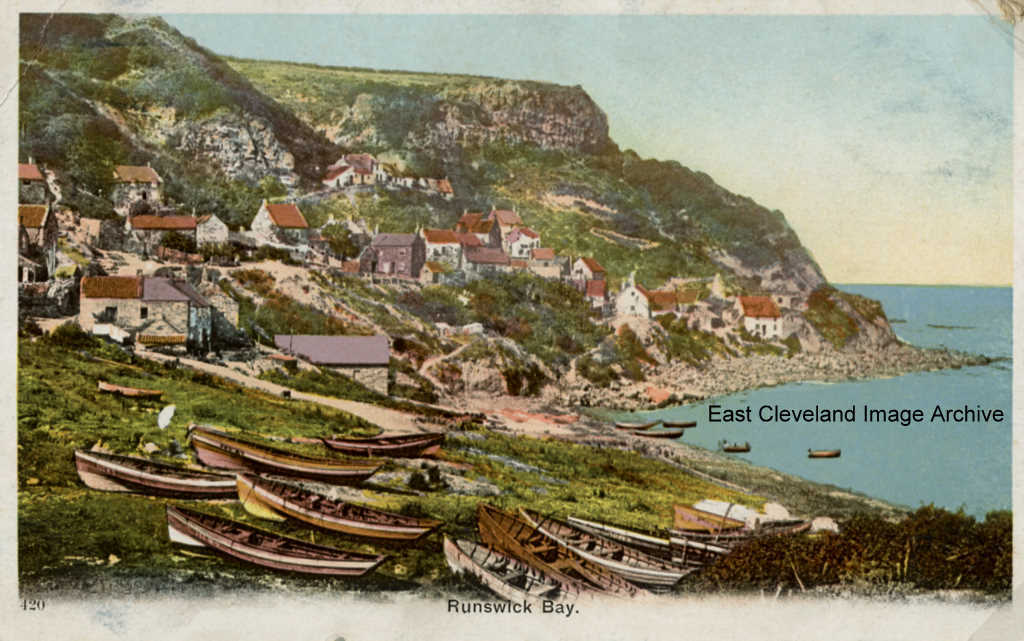
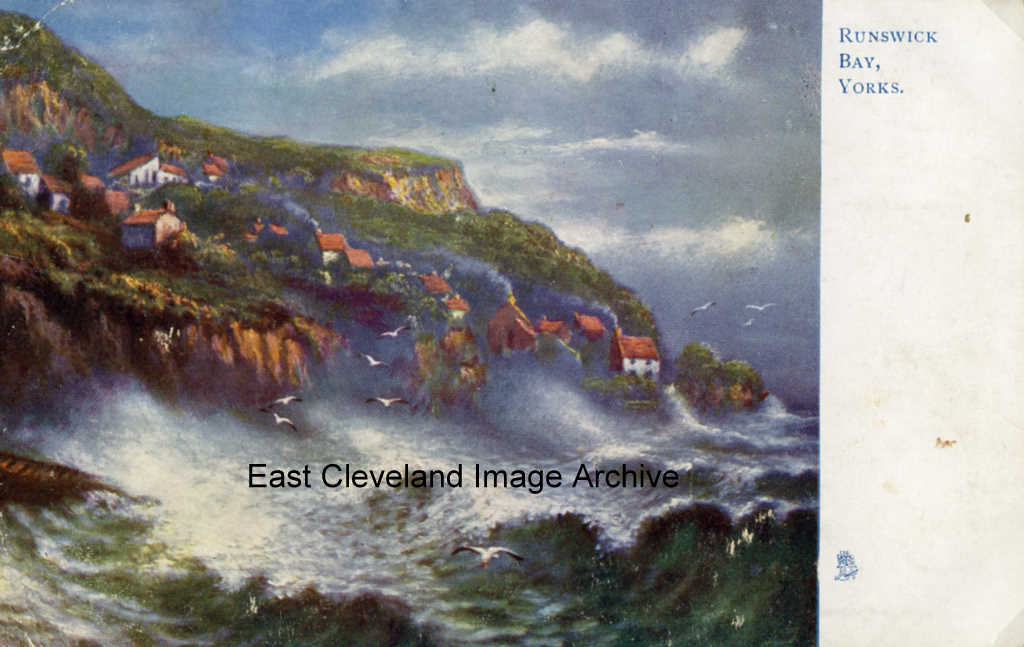
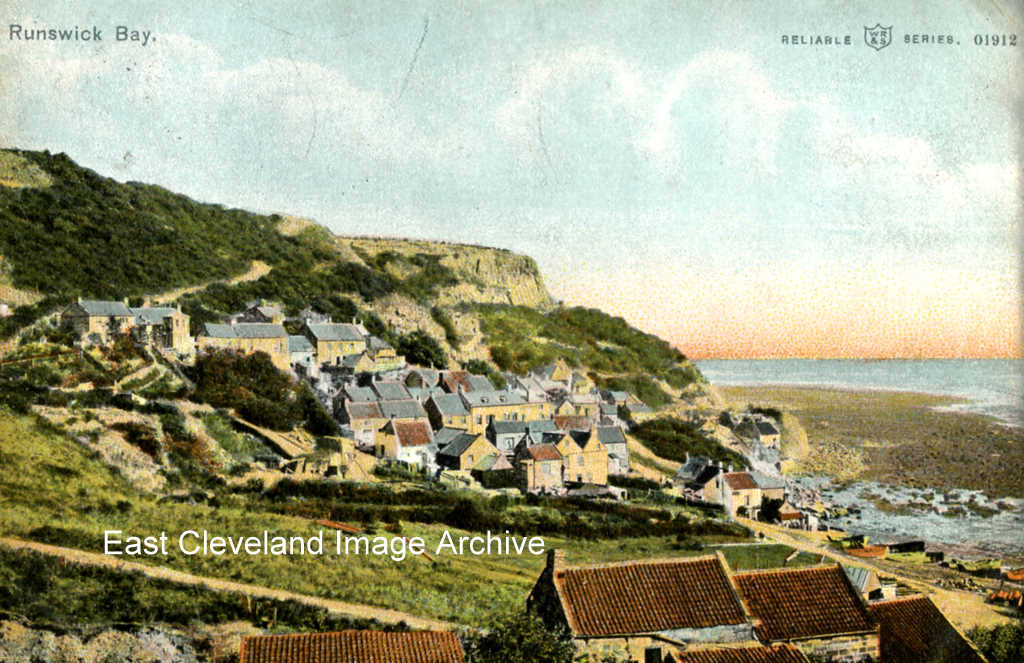
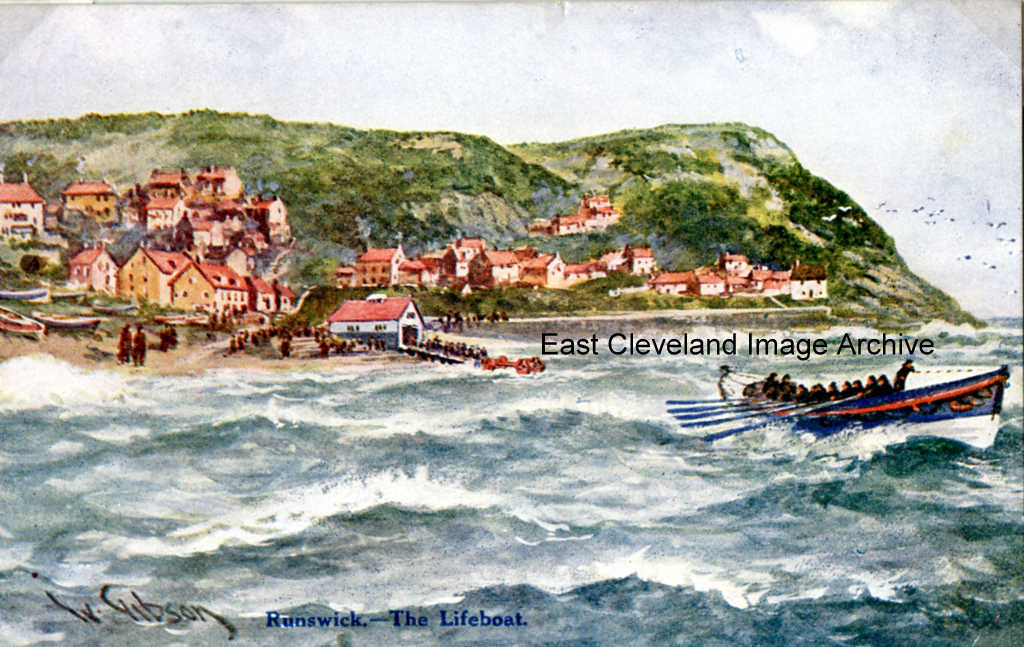
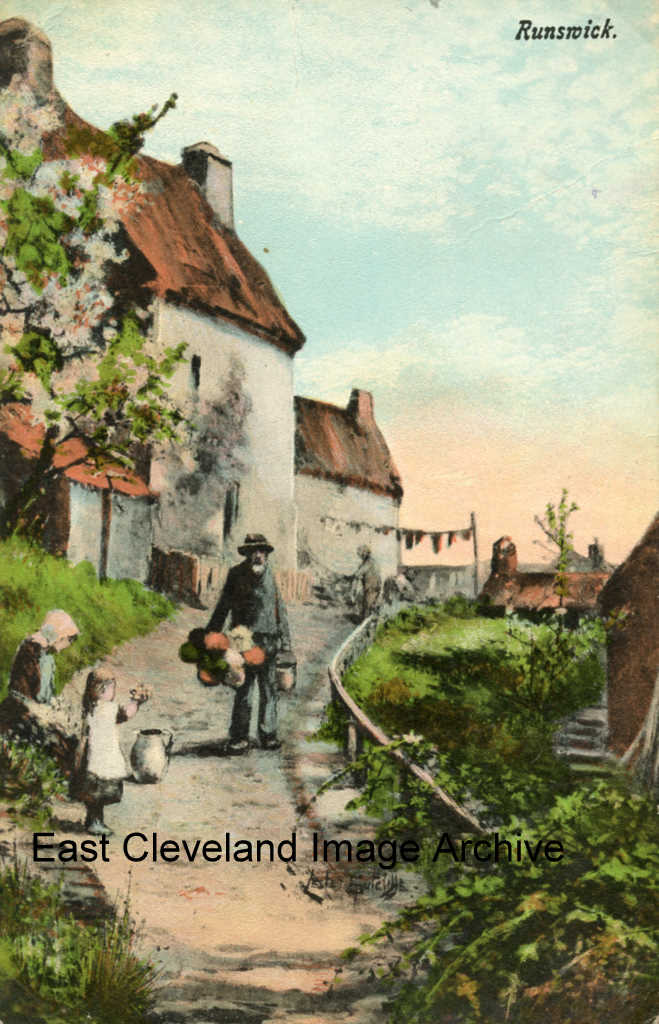
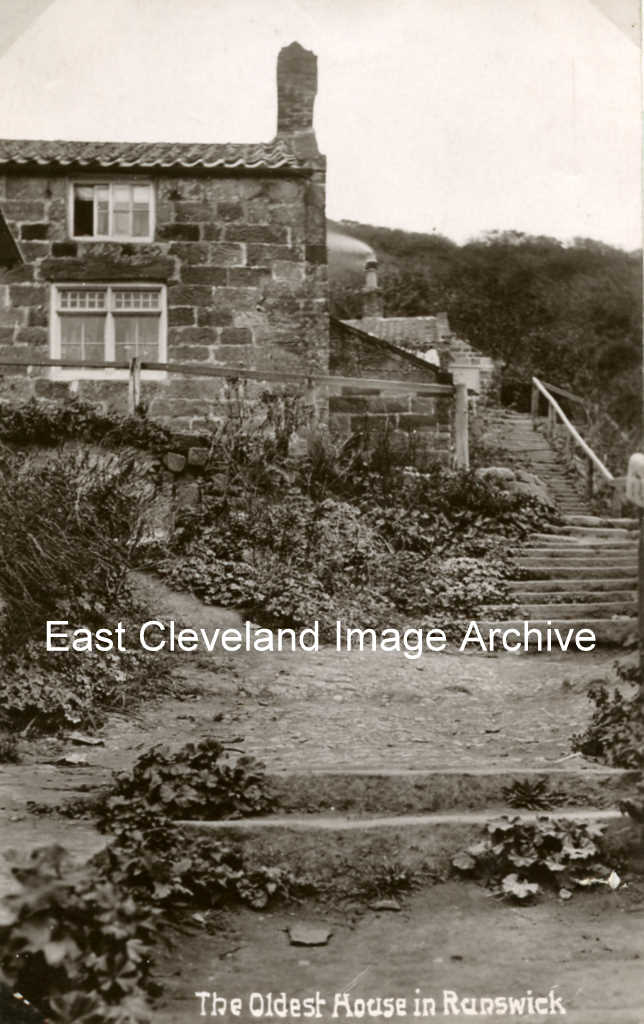
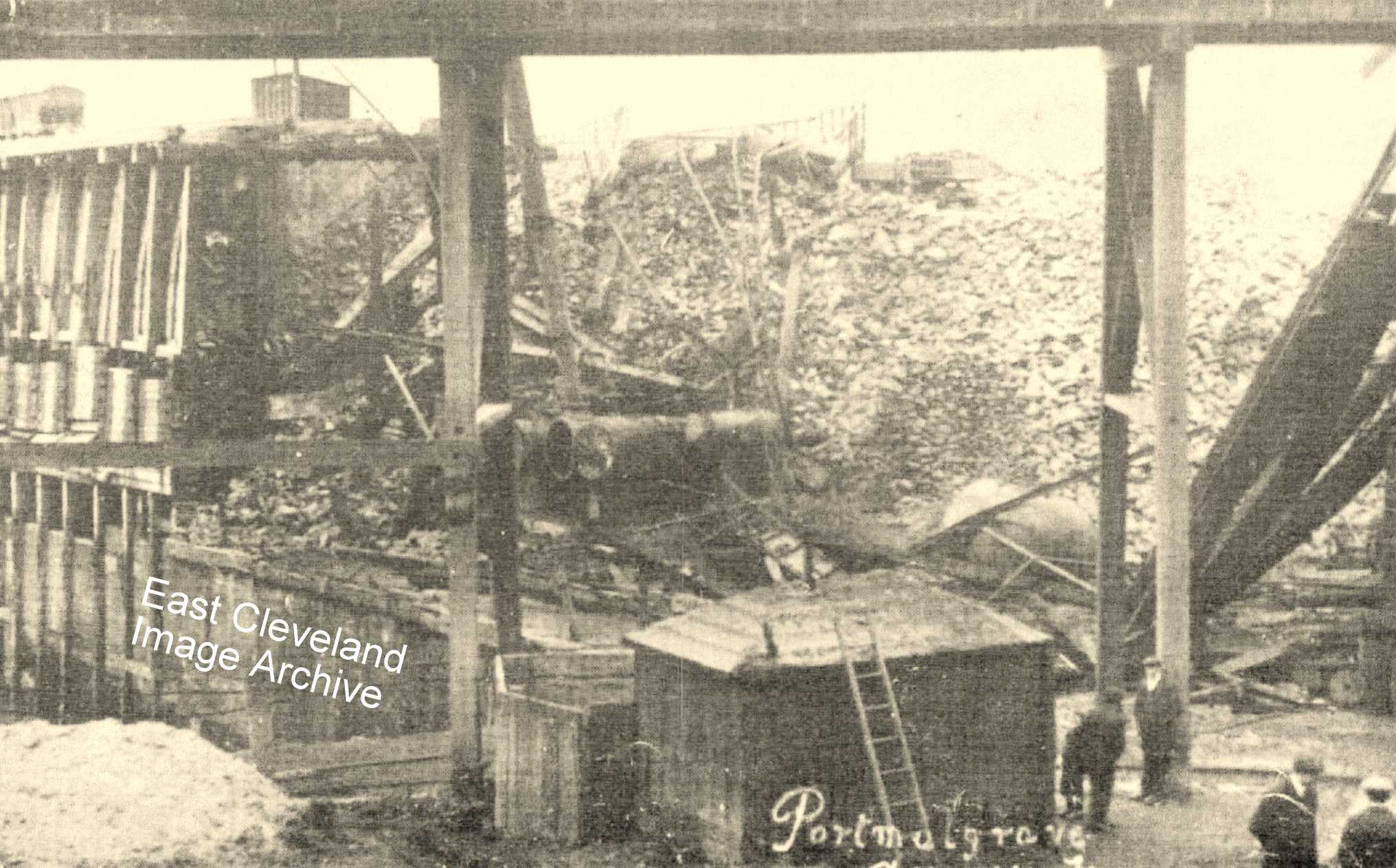
Recent Comments